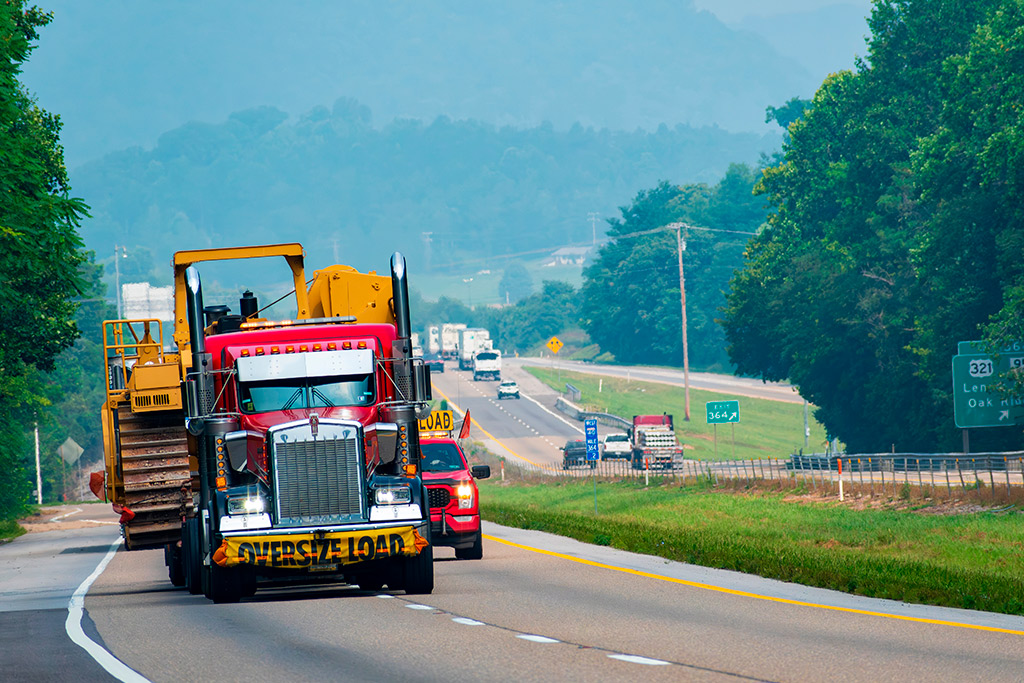Transporting heavy machinery and loading equipment safely is a formidable task that demands precision, diligence, and a wealth of knowledge. The stakes are high; one misstep can lead not only to significant financial loss but also to serious injuries or even fatalities.
Picture this: massive excavators inching through tight loading docks, towering cranes swaying in balance, and the ceaseless hum of engines echoing amid the chaos. Each piece of heavy equipment is not just a machine; it’s a complex assembly of mechanics and safety measures begging for attention.
In this article, we will explore best practices that empower operators and transport professionals alike to navigate these challenges effectively. From meticulous planning and risk assessment to employing the right tools and techniques, understanding the nuances of heavy machinery transport and loading is essential for safeguarding lives, equipment, and resources. Join us as we delve into pivotal strategies that ensure safety doesn’t take a backseat in the bustling world of heavy equipment logistics.
Equipment Inspection and Maintenance

Before any heavy machinery transport or equipment loading procedure, a thorough inspection and maintenance routine is essential. This should begin with a detailed visual examination of all components, checking for wear, fatigue, and potential hazards.
Inspect hydraulic systems for leaks and test operational controls to ensure they function smoothly. Beyond the immediate functionality, consider scheduling regular maintenance checks as part of a proactive strategy to prevent unexpected downtime or accidents.
Keep meticulous records of inspections and repairs; these documents serve not only as a historical reference but can also provide insights into recurring issues that may require more extensive intervention. Collaboration with certified technicians can further enhance reliability, ensuring that each machinery piece is not only transport-ready but also safe for operation in unpredictable environments.
Remember, safety is not just a checklist—it’s an ongoing commitment to quality and diligence.
Loading Procedures

Loading procedures for heavy machinery demand meticulous attention and strategic planning to ensure both safety and efficiency. Start by conducting a thorough assessment of the equipment, examining its weight, dimensions, and any potential hazards associated with it.
Utilizing a well-designed loading ramp or platform is essential; it should be sturdy enough to support the machinery’s weight and carefully angled to prevent any accidental slips or falls during the loading process. Employ the use of durable straps or chains, securing the equipment firmly to prevent movement during transport. It’s equally important to engage a team of trained personnel, each assigned specific roles—whether it’s guiding the machinery, operating the loading equipment, or monitoring the surroundings for potential risks. And remember, communication is key: verbal signals and hand gestures should be established beforehand to ensure everyone is on the same page, reducing the chance of missteps in this high-stakes operation. By adhering to these practices, you can safeguard not only the machinery but, more importantly, the individuals involved in its transportation.
Personnel Training and Safety

Personnel training and safety in the realm of heavy machinery transport and equipment loading are paramount to preventing accidents and ensuring a smooth operation. A comprehensive training program should be put in place, emphasizing not only the technical skills required to operate the machinery but also instilling a strong safety culture among all employees.
Operators must be educated on the nuances of the equipment, such as load limits and stability factors, and the importance of pre-transport inspections cannot be overstated. Furthermore, fostering an environment where communication flows freely encourages workers to voice concerns or report unsafe practices without fear.
Regular safety drills can refine their response to emergencies, while ongoing training sessions keep everyone abreast of the latest industry standards and technologies. Investing time in these essential areas not only protects personnel but also safeguards valuable equipment, ensuring a higher degree of efficiency and reliability in operations.
Conclusion
In conclusion, ensuring the safe transport of heavy machinery and effective loading practices is crucial for the protection of both personnel and equipment. By adhering to established safety protocols, utilizing the right equipment, and providing adequate training for operators and support staff, the risks associated with heavy machinery transport can be significantly minimized.
Organizations must prioritize safety at every stage of the loading and transport process, fostering a culture of awareness and diligence that not only protects assets but also upholds the well-being of all individuals involved. With commitment and the implementation of best practices, businesses can navigate the complexities of heavy machinery transport with confidence and efficiency.


